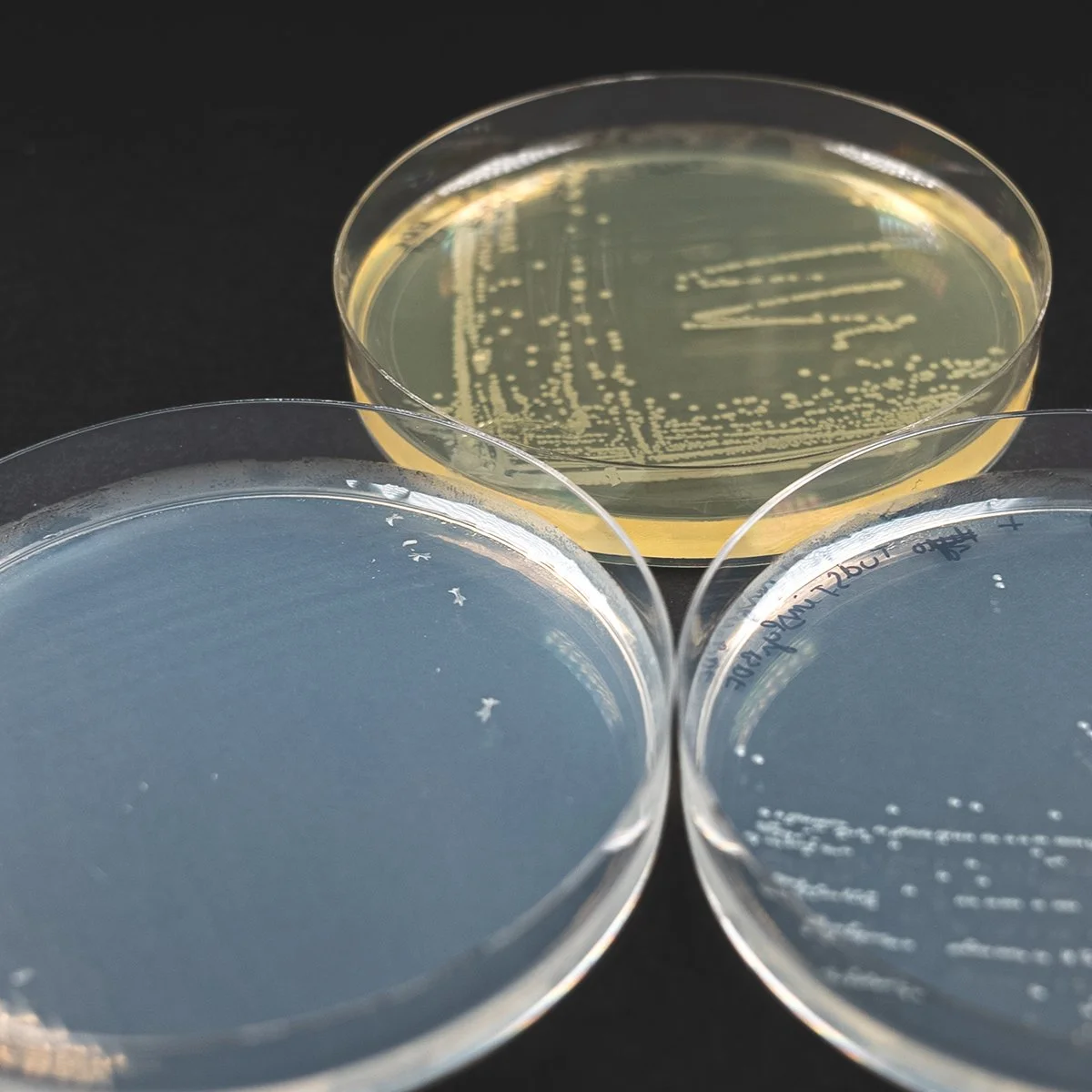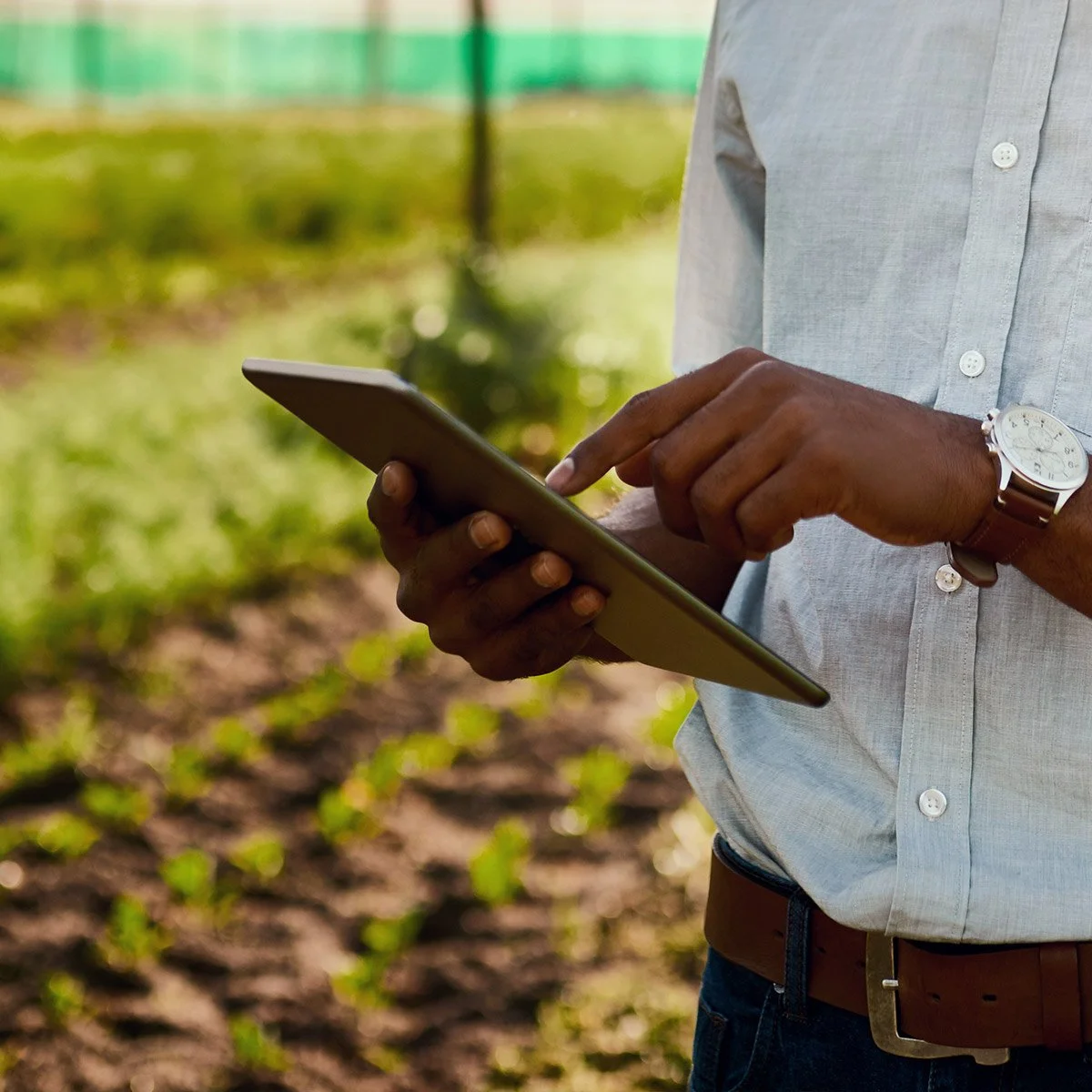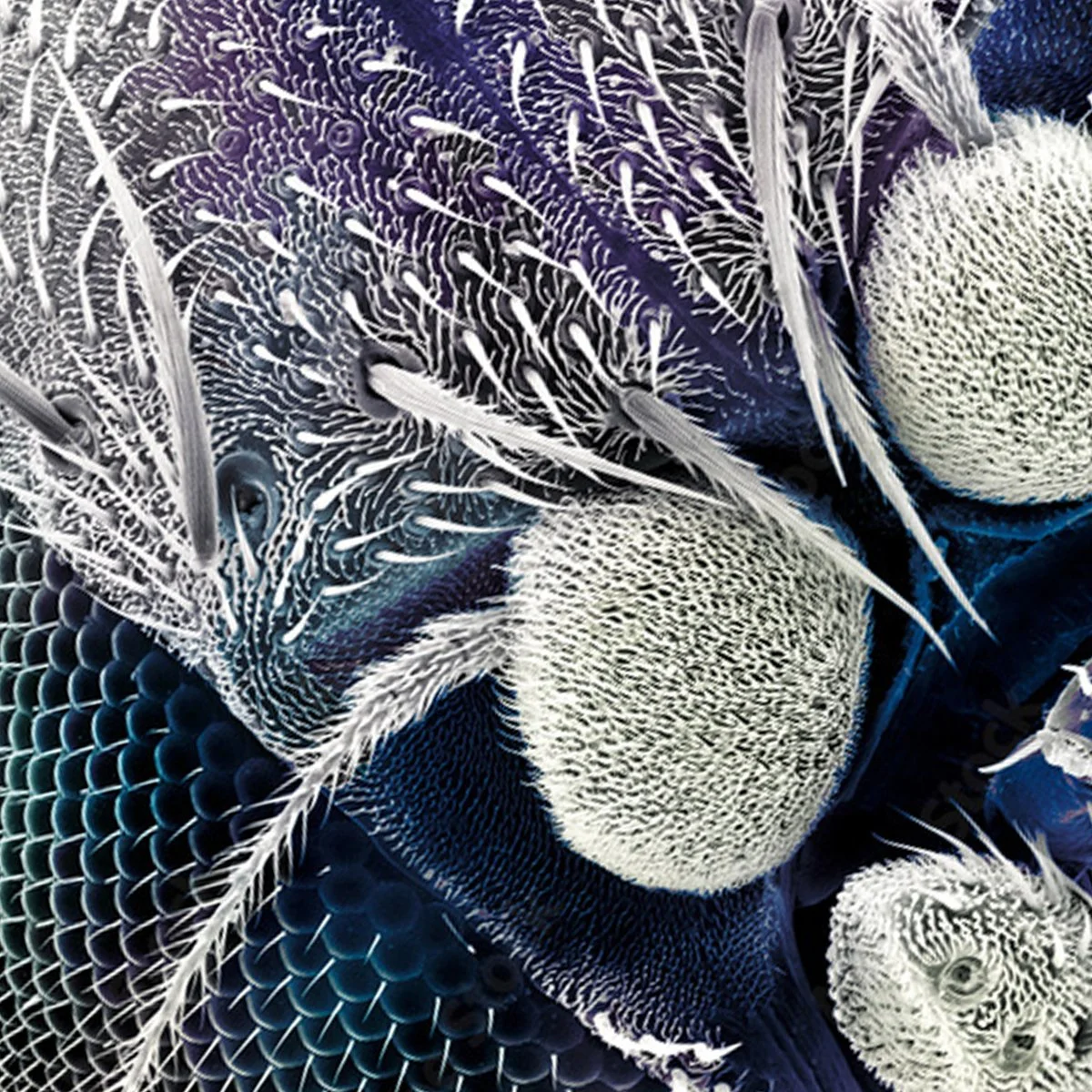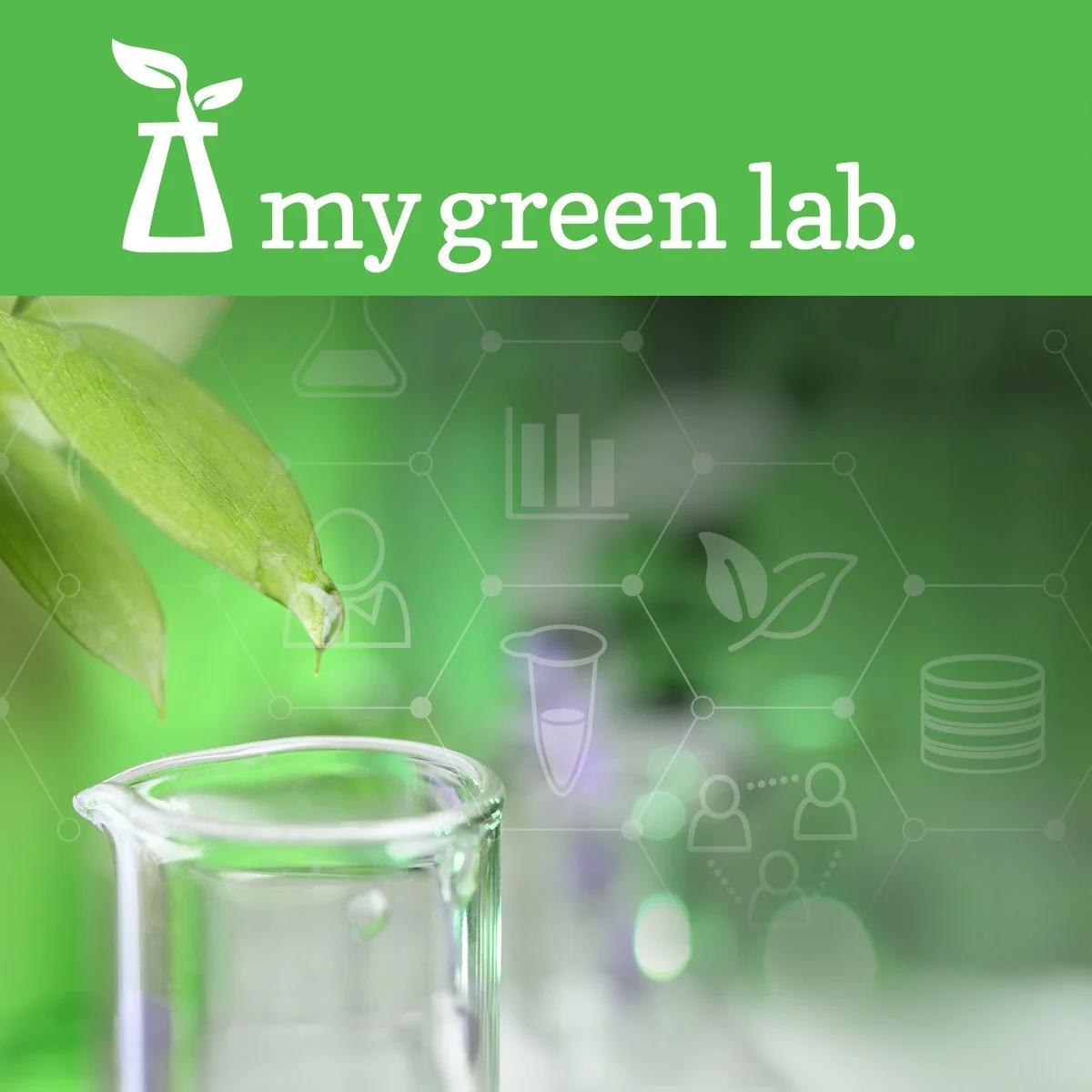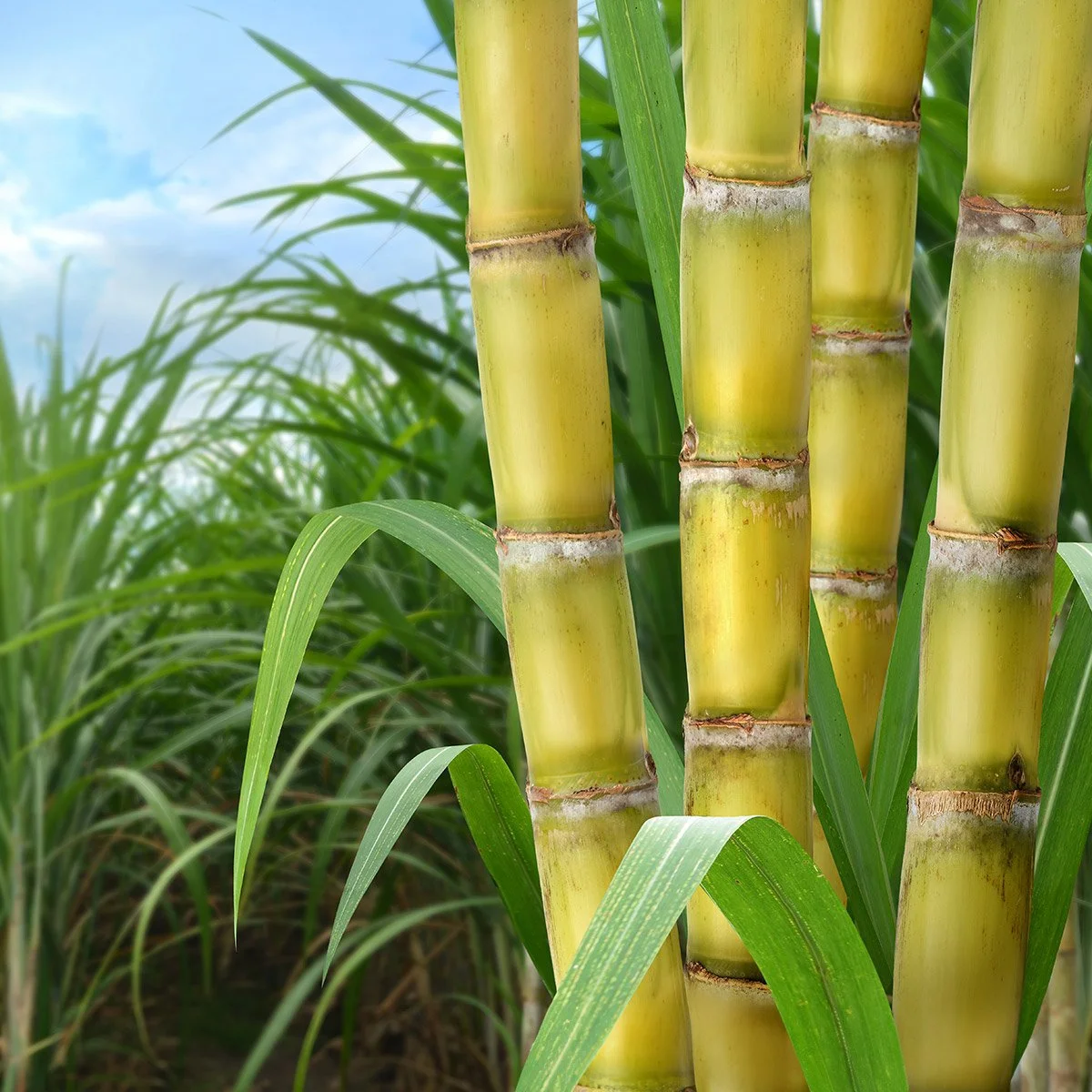A shared value for sustainable biotechnology
A new generation of genetic engineers are starting their careers with the environmental impact of their lab work in mind. Importantly, these university students are enlisting others to take up their cause.
It was a privilege to be able to interview the iGEM team from the Dresden University of Technology (TU Dresden) Germany, when they were in Boston for the iGEM Giant Jamboree. Synthetic biology students from 44 countries had spent 8 months building genetically engineered systems, using standard biological parts called BioBricks for this competition. TU Dresden took it a step further by starting the "iGEM Goes Green" initiative!
The TU Dresden team was invited to visit New England Biolabs for a tour. New England Biolabs scientists wanted to help spread the "iGEM Goes Green" initiative. NEB prioritizes producing the best-in-class life science reagents in sustainable way. We were all videoed for the NEB TV episode 20:Green Labs. One TU iGEM Dresden team member remarked that the visit to NEB was the most fun she had had in the US so far. (The iGEM competition requires a lot of hard work!) My favorite part of the day was conducting the following five question interview. Enjoy!
1. What was the inspiration for iGEM Goes Green?
We first started thinking about the environmental impact of our work, by planning for our fourteen team members to fly to Boston for the iGEM Giant Jamboree. From there, we started thinking about lab work itself. We considered the general goals set by our participation in iGEM, and how this idea fit into our greater goals.
2. How does environmentalism relate to the goals of the iGEM competiton and to the field of synthetic biology?
Putting thought into how science can be practically applied is a big part of the iGEM competition. Many teams do iGEM projects that use synthetic biology to directly solve environmental concerns. Using GMOs to degrade toxic substances in our environment or producing green energy are a couple examples. These iGEM projects invent processes to reduce negative environmental impacts and increase productivity. We wanted to bring the idea to that higher level as a team, by planning how sustainably we performed our laboratory research work.
Our own team project was not directly solving an environmental problem but rather creating a useful tool. We used Peptidosomes to encapsulate microbes. We produced selectively permeable cages made out of a self-assembling di-peptide to encapsulate microbes. These cages functioned as both to promote safety, and add the ability to select microbial culture sub-populations by magnetic dynabeads or other biological beads. We successfully demonstrated our iGEM project's practical applications in many ways. For example we were using caged microbes as a biosensor for antibiotics. This could be used for testing sewerage water in the real world. So our project could indirectly support the environmental aspects of iGEM.
In view of synthetic biology as a field, we found it contradictory to be trying to save the world with microbes, but not paying attention to climate change on the way there.
In view of synthetic biology as a field, we found it contradictory to be trying to save the world with microbes, but not paying attention to climate change on the way there. iGEM is a competition where students are conquering real world problems. Climate change is a real world problem that the worldwide scientific community has not compensated for in it's scientific work. We wanted to be mindful of that. iGEM Goes Green is how we became mindful of all of this.
3. Did your team face any challenges in trying to change how you did your lab work?
We noticed that once we developed good habits, it became easy and automatic. We became kind of nags as well, reminding other lab members. You could say that we were annoying at first! However, the same people who were not that interested in "go green" told us that they were still appreciative of our efforts. The tips became easy for them to follow too, and they were pleased.
4. What were the environmental results from your team's efforts?
Our goal was to reduce or compensate for our carbon emissions. We calculated our carbon footprint to be approximately 42 tons from our lab work and flights.
Compensating for our highest emissions, our flights, was the most daunting. Planting 200 trees wasn't workable. We looked for practical solutions. We entered competitions, and then won with an image submitted for the New England Biolabs calendar. We donated the $500 prize to Wilderness International; a non-profit organization based in Dresden that aims to preserve Canadian forests endangered by the wood and mining industries. The contribution will guarantee a long-term nature conservation of a 640 m2 forest.
We provided this tool, there was enthusiasm, people provided feedback to improve it. It was a really good experience.
Throughout our project, we collected tips and tricks to apply in our lab work to avoid toxins and conserve resources as much as possible. We published several the "Go Green Guide", the "Green your lab poster" and the iGEM Goes Green GHG emissions calculator. Now we are biologist by trade. This calculator isn't perfect. It's very useful though because it provides an estimate to make you aware of what your GHG emissions are. We provided this tool, there was enthusiasm, people provided feedback to improve it. It was a really good experience.
Many other iGEM teams joined in and added to these resources, as well as Dr. Kerstin Hermuth-Kleinschmidt, a sustainability consultant for companies in life sciences with a focus on sustainable lab work. Our collaborators at iGEM Peshawar, SDU Denmark and CCA`s iGEM each joined us in planting a tree as a symbolic act of sustainability. One team even compensated for the carbon emissions from the server running their web site!
5. What is the ultimate goal for iGEM Goes Green?
We would love for iGEM Goes Green to become a fixed part of the competition with every iGEM team thinking about their direct environmental impact. We would like researchers around the world, beyond those involved in iGEM, to consider this idea in their lab work. iGEM is a great place to start because this is the next generation of young, motivated scientists who can take this idea into their careers.
iGEM Goes Green Team members include: Nina Lautenschläger, Merle Brügmann, Jonathan Hammer, Katja Linnemann, Vanessa Gilly, Lisa Schöne, Further members of iGEM TU Dresden Team 2017: Henri Deda, Lydia Kirsche, Anastasia Sveshnikova, Stefan Tassoulas, Jorge Jimenez, David Recchia, Olga Mitrofanov, Anastasia Labudina, (PhD student supervisors Franziska Dürr and Philipp Popp, Supervisors: Prof. Dr. Hans-Georg Braun and P.I. Prof. Dr. Thorsten Mascher of Technische Universität (TU) Dresden).













